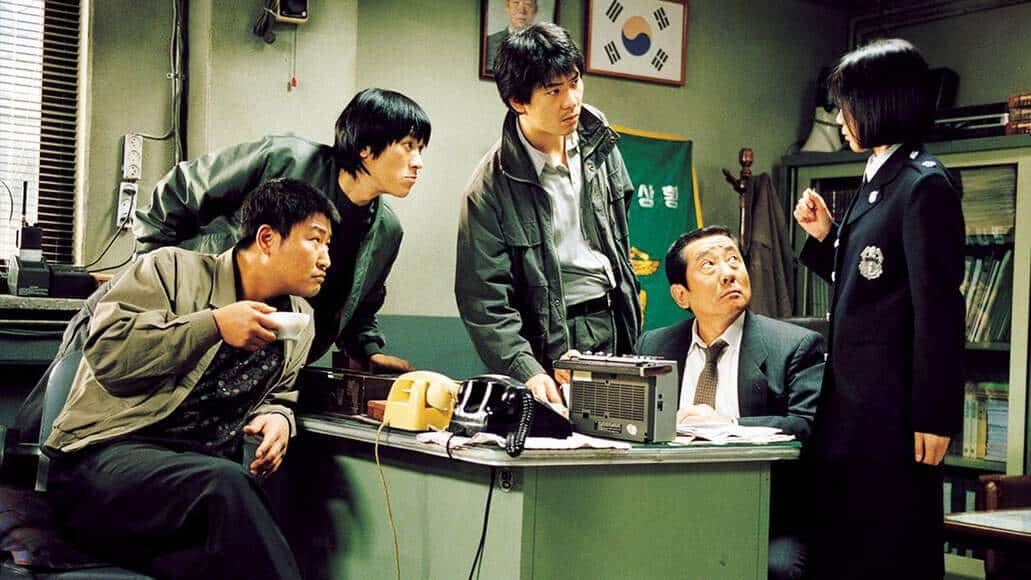Born December 7th, 1979, Ayako Fujitani grew up in Osaka, Japan, loving movies at a young age. Whether horror, science-fiction, or drama, it didn't matter so long as it delivered. Fast forward to her teens, following an opportunity to present renowned actor Hiroyuki Sanada with a bouquet at a local film festival, something stood out to director Shusuke Kaneko. Hence, he offered her an audition opportunity for a lead part in his film “Gamera: Guardian of the Universe.” Initially hesitant but curious, the youth went to the audition but walked away feeling unsatisfied with how they did. Then, she got the part. Following guidance during the movie's production and its preceding sequels, Ayako grew as an actor, pursued more challenging roles moving forward, and also became active as a writer. Since then, she frequently works internationally.
Ayako Fujitani is a terrific actress with a lot of range who can make her characters feel real. Her ability to add emotional depth to her roles has left lasting impressions on many audiences. Beyond convincing line delivery, she often utilizes facial expressions and her eyes throughout her performances. The plot could range from a fun, fantastical kaiju film to a more dramatic work like a fictionalized self-portrait that tackles sensitive topics based on personal experiences. Regardless of the scenario within the film, she gives it her all. Additionally, being fluent in Japanese and English has allowed some unique roles. Besides Shusuke Kaneko, Ayako has worked with numerous directors, including Hideaki Anno and frequent collaborator Dave Boyle.
With all that said, AMP proudly presents a rundown of 10 notable film roles in chronological order that showcase Ayako Fujitani's versatility in acting.
1. Gamera: Guardian of the Universe (Shusuke Kaneko, 1995)

One of the major aspects that has preserved the lasting appeal of “Gamera: Guardian of the Universe” is not just the superb special effects by Shinji Higuchi but its impressively crafted human story that keeps the audience engaged even when the giant turtle is offscreen. Asagi Kusanagi, as a character, stands out for her charming personality and uniquely links the cast to the title monster. When Asagi is given a mysterious ancient pendant, she forms a spiritual connection with Gamera, who is initially deemed a threat but becomes an ally in defending Japan against the carnivorous Gyaos. However, this also puts her life at risk in the process. This dramatic tension gives the film additional depth beyond its entertaining spectacle. Ayako does a good job in her first-ever acting role, and it's all the more commendable, considering the talent had no prior experience beforehand. Shusuke Kaneko was so impressed that he would bring the character back in the subsequent sequels.
2. Gamera 2: Attack of Legion (Shusuke Kaneko, 1996)

“Gamera 2: Attack of Legion” does everything a good sequel should, including expanding its worldbuilding while still standing on its own regarding quality. A new threat emerges with the terrifying kaiju Legion, and Gamera returns to stop this monstrosity. A new cast of characters is introduced, but Asagi Kusanagi is brought back and appropriately integrated into the narrative as a supporting player. Time has passed, and she is now more in touch with her spiritual bond with Gamera, acting like a religious follower trying to encourage hope when the devastation grows more extreme. Yet a significant event within the movie results in an occurrence that drastically plays into the trilogy's conclusion. Ayako Fujitani's performance effectively conveys the character's growth since the first film.
3. Gamera 3: Revenge of Iris (Shusuke Kaneko, 1999)
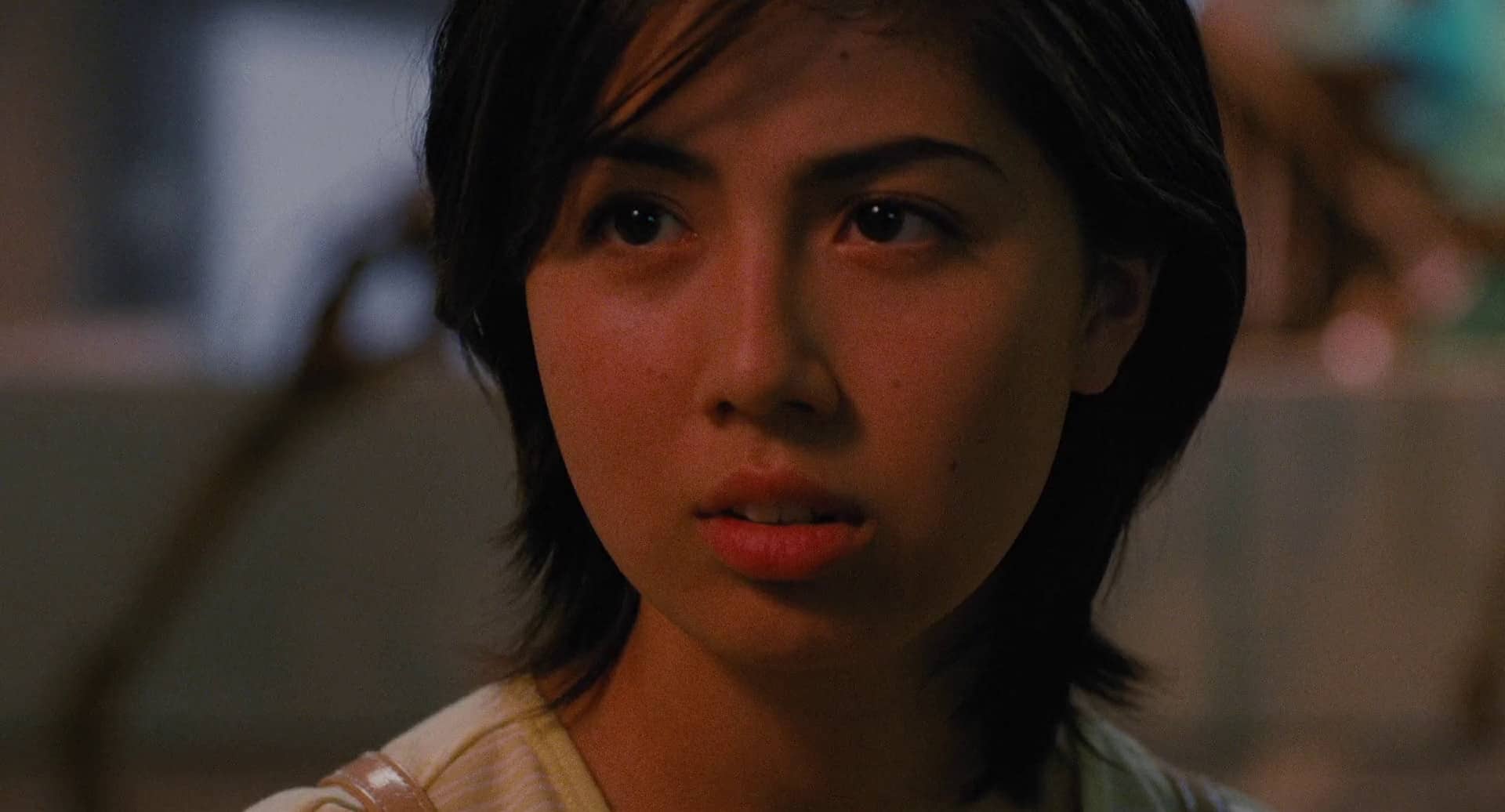
Shusuke Kaneko's “Heisei Gamera” trilogy concludes on a high note in “Gamera 3: Revenge of Iris.” Heavier on drama and significantly darker than its predecessors, the stakes are raised as Gyaos appear in droves. Now that Asagi Kusanagi's spiritual bond with Gamera has broken, he has become more destructive, contributing to rising human casualties. On top of this, a girl named Ayana (played by Ai Maeda), who has a vendetta against Gamera for accidentally killing her parents, raises a creature she calls Iris, which evolves into a horrific behemoth.
Much like Ayako Fujitani's acting, the character of Asagi Kusanagi has evolved. The actress is given more complex material to work with for the finale, functioning as a spiritual mediator in the primary conflict within the story. She has to convince those around her that Gamera is not a creature hellbent on annihilating humanity. This struggle includes her dynamic with the movie's main character, Ayana, who has formed a bond with the beast, Iris, but one driven by hate and vengeance. Ayako's send-off of this character is satisfying, much like the film itself is for this trilogy.
4. Ritual (Hideaki Anno, 2000)
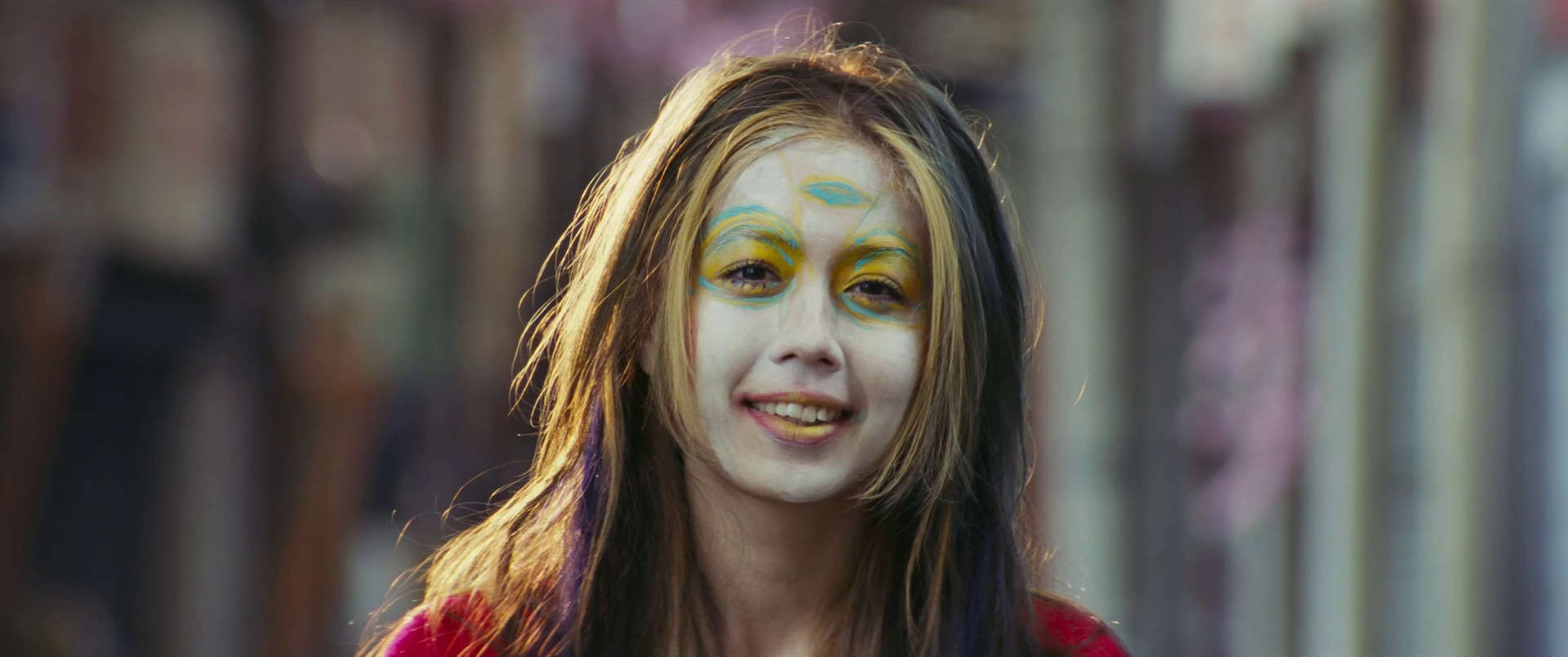
The story of Hideaki Anno's film “Ritual” follows a struggling filmmaker (played by Shunji Iwai) who returns to his hometown of Ube within the Yamaguchi Prefecture. One day, he runs into a strange young woman decorated in colorful attire and makeup who practices a ritual where every day is her birthday. Intrigued by one another, the two form a friendship and gradually grow closer, with the girl introducing him to her vibrant home within an abandoned building and the director filming her daily activities. Yet, it becomes clear that the female lead has lost her grip on reality and that the ceremonial day is merely a coping mechanism for something darker, as she suffers from depression, experiences intense loneliness, and frequently contemplates suicide. Through their ventures to help each other, a romance between them forms.
Based on her short story titled “Tohimu,” Ayako Fujitani's portrayal of the woman in “Ritual” is frequently regarded as her finest performance, and for good reasons. She does a fantastic job. The character has a unique appeal to her from the vibrant, colorful outfits and an expressive personality. Yet, when her backstory is gradually revealed, it's heartbreaking and adds sadness to this girl, which includes delving into sensitive topics such as estranged family relations and toxic relationships. The dramatic side of this role becomes more poignant when considering the character is a fictionalized self-insert based on Ayako's personal experiences. Yet, overcoming struggles and hope for the future are also highlighted throughout the movie. For Ayako, this role proved therapeutic, and the point in her acting career was when she stated, “I felt like I just broke my shell.”
5. Death of Domomata (Shutaro Oku, 2008)
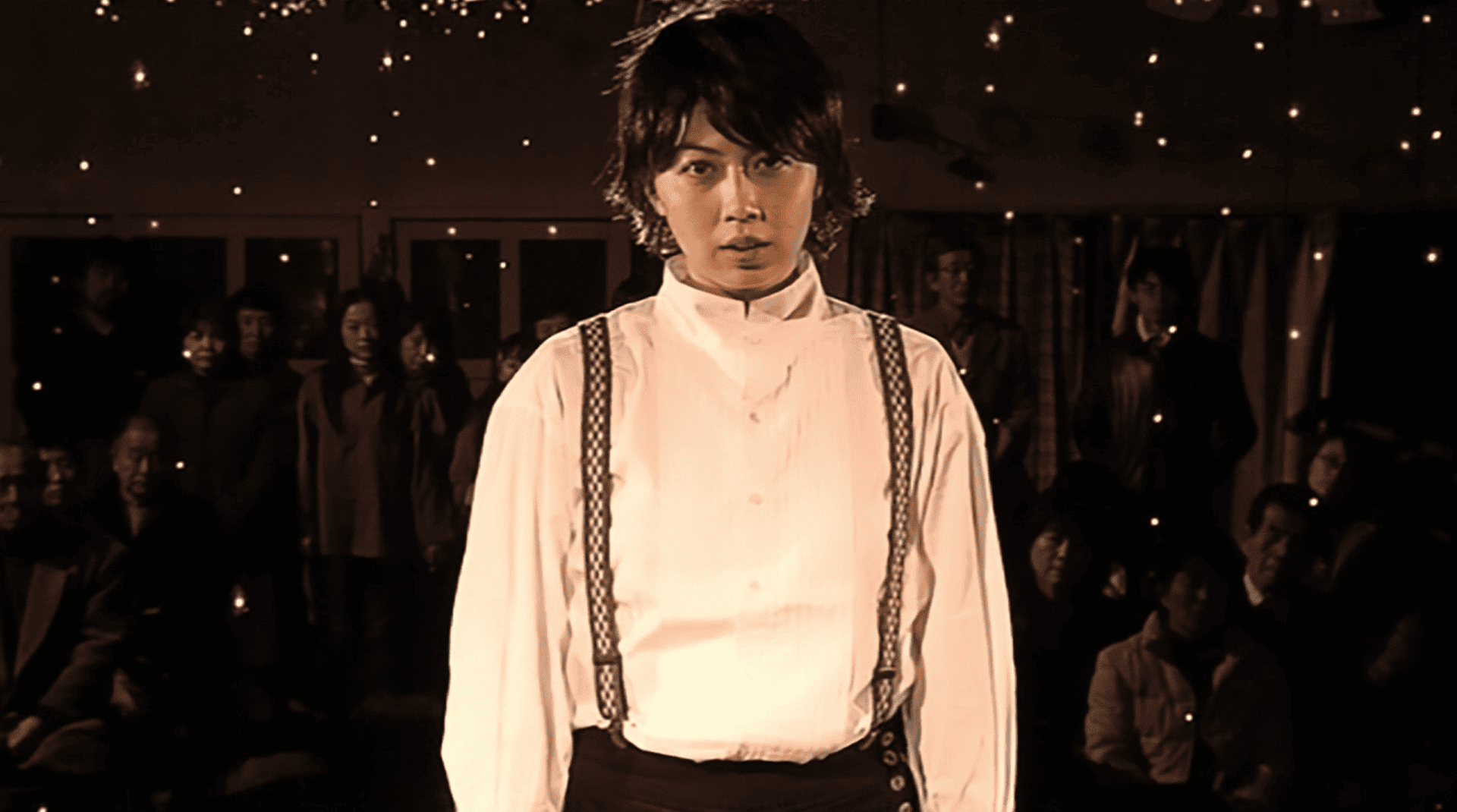
Shutaro Oku's unsettling drama “Death of Domomata” is set during Christmas time and follows six women held in a dysfunctional rehabilitation center where they are recovering from drug addiction. All these troubled individuals have are each other as they try to make the best of their harsh environment, which includes partaking in group activities, including theater performances. Ayako Fujitani plays one of the six female patients named Hamada, who has practically become desensitized to the rehab center's conditions while also extremely devoted to the yearly holiday theater recital. Her performance effectively paints a gloomy picture of someone whose addictive struggles, combined with an abusive rehab facility, have deeply damaged them.
6. Tokyo! (Michel Gondry, Leos Carax, and Bong Joon-ho, 2008)

The first story of the anthology film “Tokyo!, “Interior Design,” directed by Michel Gondry, follows a young couple named Hiroko and Akira, played by Ayako Fujitani and Ryo Kase, respectively. They're trying to settle down, and while initially happy, their relationship is tested as Akira pursues dreams as an aspiring filmmaker while on a tight budget and trying to find a new home, which his girlfriend is primarily tasked with solving alone. Ultimately, the two gradually grow apart as he becomes more enamored with his filmmaking than his relationship with his significant other. As a result, Hiroko finds herself sad, feeling useless, unappreciated, and practically invisible to the world. Yet, things take a strange turn when she experiences an absurd transformation.
Even with a surreal twist later in the narrative, the bittersweet story of a cute couple gradually drifting apart is realistically depicted. Ayako makes Hiroko a charming female lead to follow, giving the character sympathetic depth while emphasizing her struggles. Yet, for all this character's sadness, she manages to slip in glimpses of hope that coincide with what transpires toward the narrative's conclusion.
7. Daylight Savings (Dave Boyle, 2012)
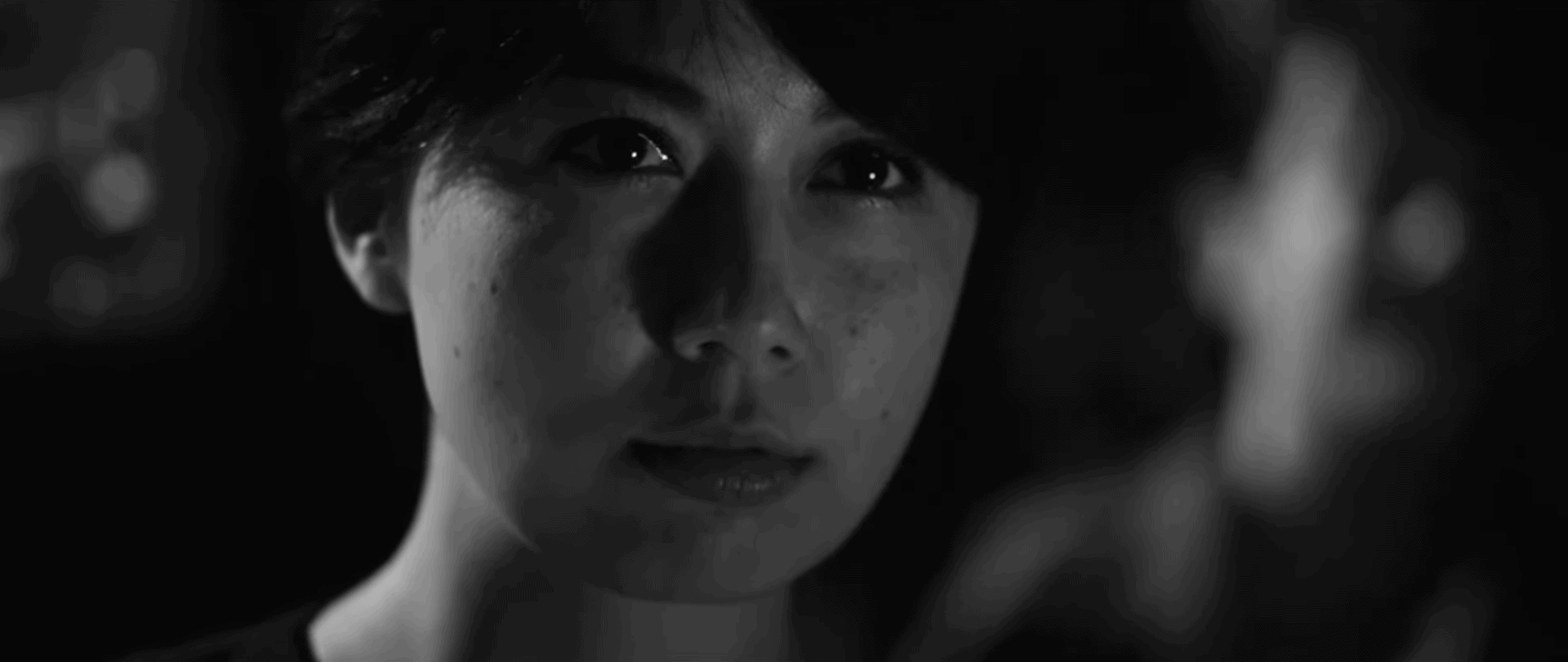
Even with minimal screen time, Ayako Fujitani's Erika is significant to the dramatic slice-of-life storytelling of “Daylight Savings.” What starts as a sweet long-distance relationship ends in a devasting break-up between Goh Nakamura and Erika. Yet, neither is narratively penalized as it's merely a case of the distance becoming too much of a challenge for the two, which happens all the time in real life. Adding more realism to this is the implication that they may still hold feelings for each other after this transpires, which becomes complicated as Goh falls for another woman named Yea-Ming (Yea-Ming Chen), a musician like him. Yet, the dynamic of his previous relationship may not be over. It's easy to feel for Goh, yet audiences can also empathize with how Erika feels, and Ayako's performance makes this all the more believable.
8. Man from Reno (Dave Boyle, 2014)

For Dave Boyle's chilling thriller “Man from Reno,” Ayako Fujitani plays successful mystery novel writer Aki Akahori. She's visiting San Francisco, California, and is working on her latest book, though she is dealing with inner struggles. While staying at a hotel, she meets a strange man named Akira (Kazuki Kitamura), also visiting the city for supposed business. Following a one-night stand, he vanishes. Eventually, Aki finds herself pulled into a series of baffling circumstances. While this happens, small-town sheriff Paul Del Moral (Pepe Serna) investigates a bizarre case and eventually crosses paths with the novelist. The two team up to find answers to everything transpiring. Before she knows it, the female protagonist finds herself involved in trying to solve a rule murder investigation, which, while helping her cope with her sadness, also puts her life in danger.
Dave Boyle's “Man from Reno” makes for a clever thriller and greatly benefits from a great main character brought to life by Ayako Fujitani's phenomenal performance in what is a career-defining role. Aki is likable and sympathetic, and there's a lingering sadness. It's easy for viewers to root for her to overcome her inner burden while trying to help crack the case in the movie's surreal mystery. Audiences don't want to see anything bad happen to this character. For all the charm she adds to this character, the dramatic side is also superbly executed. Without spoiling, the movie's unforgettable third act features what may be one of the most emotional scenes depicted in the film in quite a long time. Additionally, Ayako bridges the cross-cultural communication within the movie, speaking both Japanese and English.
9. I Will Make You Mine (Lynn Chen, 2020)

In the third and final film of the “Surrogate Valentine Trilogy,” starring Goh Nakamura, Ayako Fujitani returns to reprise her part as Erika, who is given a bigger role and more screen time. Time has passed since “Daylight Savings.” Erika and Goh now have a daughter, but their relationship has become estranged. Depressed, things are only made harder as she grieves the death of her father while juggling caring for her child and a job as a professor. With all this, she contemplates her relationship with the male lead. While the prior two entries, directed by Dave Boyle, followed the overarching story from Goh's perspective, director Lynn Chen, who also stars in the feature, shifts focus to the women in his life as they grapple with their struggles. Ayako makes Erika's emotional story an immersive journey. The actress's experiences as a mother are also inserted into the character, along with the emotional struggles based on director Lynn's personal life.
10. Tokyo Cowboy (Marc Marriott, 2023)

A significant element of businessman Hideki's (Arata Iura) journey of self-discovery in Marc Marriott's “Tokyo Cowboy” is his relationship with his business partner and fiance Keiko, portrayed by Ayako Fujitani. Keiko is headstrong and no-nonsense but by no means cold-hearted or villainous. Rather, she's determined to maintain professional work practices and wants to settle down with her lover, who initially seems somewhat detached, as he is with everything early in the film. Yet, Hideki's business trip to Montana gradually allows him to reflect on his life, which includes his future with her. Audiences can root for Hideki to succeed yet still understand where Keiko is coming from. Ayako gives the character an authoritative demeanor and even intimidation, yet still reminds viewers she's human and does have a gentle, humane side.



